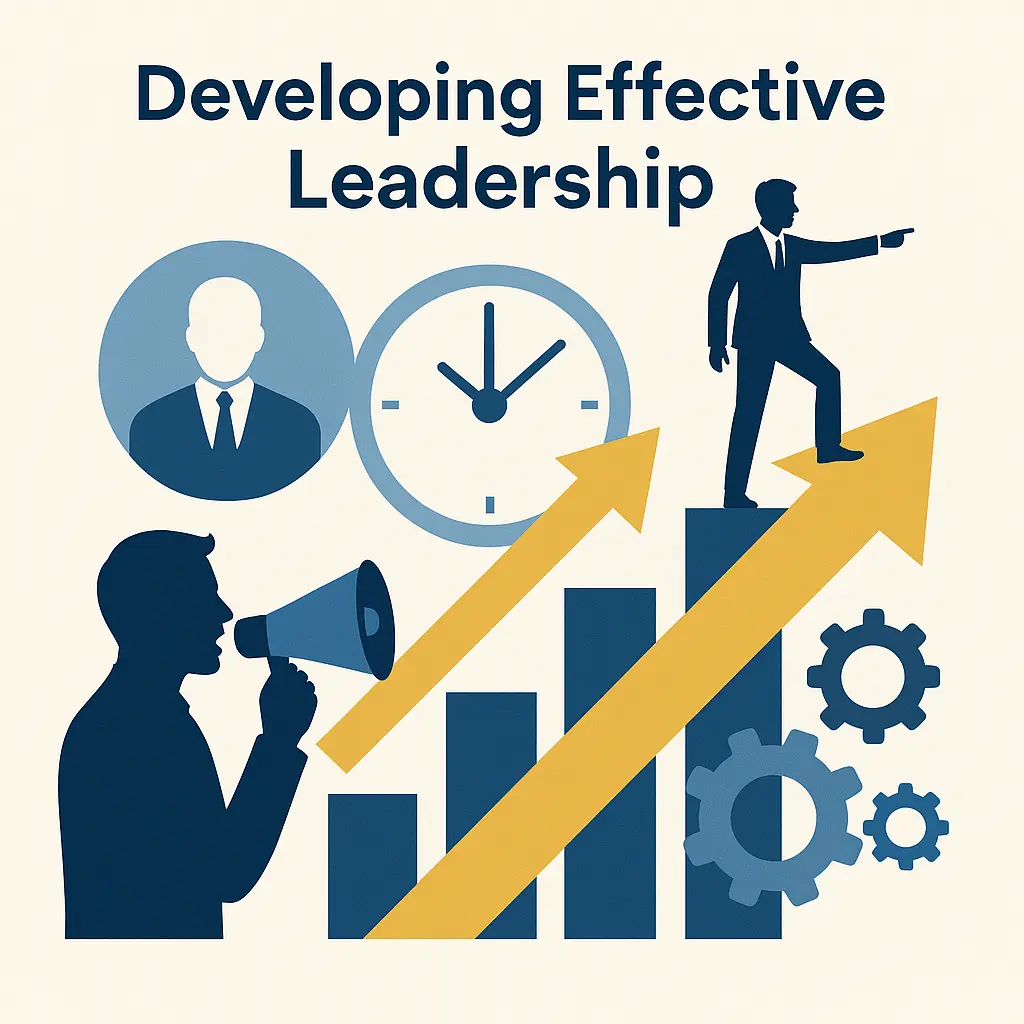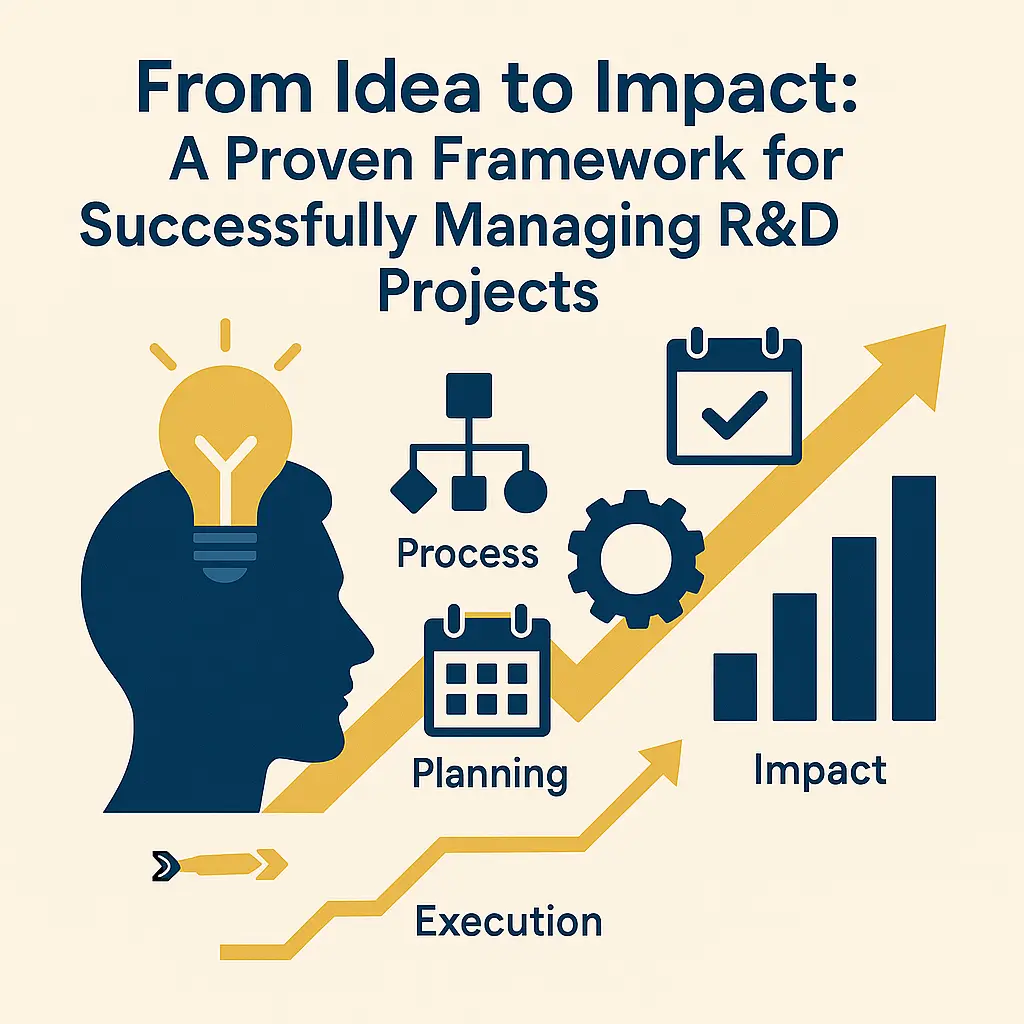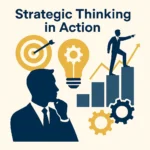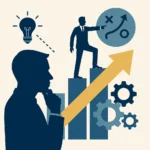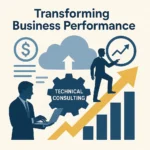Innovation is the lifeblood of business growth, but turning a bold idea into a valuable product or breakthrough often requires more than inspiration. It needs structure. This is where managing R&D projects effectively becomes critical.
Unlike traditional projects, R&D initiatives come with uncertainty, rapid iteration, and high stakes. A proven framework can help leaders guide their teams from concept to execution — reducing waste and increasing the chances of success.
What Makes R&D Projects So Challenging?
Managing R&D projects isn’t like managing routine operations. The outcomes are often unknown, timelines unpredictable, and success criteria hard to measure. You’re solving new problems — often without a clear path forward.
This ambiguity calls for a different approach. One that balances flexibility with discipline, exploration with evaluation. Teams must be ready to pivot based on data, rethink assumptions, and maintain momentum through uncertainty. Without the right framework, R&D projects can quickly spiral into scope creep, wasted resources, or stalled efforts.
The 5-Phase Framework for Managing R&D Projects
1. Idea Exploration
Every impactful innovation starts with understanding the problem. Before jumping to solutions, gather information:
- What are users struggling with?
- What has been tried before?
- What are the technical constraints?
This phase sets the tone for everything that follows. It encourages curiosity and a user-focused mindset, both essential for meaningful innovation.
2. Concept Development
Once a problem is well-defined, brainstorm and develop several approaches. Encourage cross-functional input — product managers, engineers, even customers. Early sketches or mockups help spark feedback quickly.
Keep in mind that diversity of thought is crucial. Invite people with different backgrounds to contribute ideas. Innovation thrives at the intersection of perspectives.
3. Feasibility & Experimentation
Not every idea is worth pursuing. In this phase, test assumptions with quick experiments or MVPs. Identify technical risks early. Track:
- Technical viability
- Time and cost estimates
- Alignment with business priorities
Be ruthless here. Many good ideas fail not because they’re bad — but because they can’t scale, don’t align with goals, or aren’t technically feasible.
4. Development & Validation
Now, shift toward building a functional product or solution. Quality assurance, internal testing, and stakeholder reviews ensure you’re on the right track. Iteration is key. Don’t wait for perfection — aim for progress, and refine along the way.
Collaborate closely with end-users during this stage. User feedback is gold — and often reveals critical adjustments that make or break product success.
5. Delivery & Measuring Impact
When the product launches, your job isn’t over. Measure whether the intended business value was achieved. Use real-world metrics like user adoption, time saved, or revenue impact. This phase helps decide if the project should be scaled further or shut down with lessons learned.
Keys to Successfully Managing R&D Projects
- Start with clear goals: Vague outcomes lead to wasted effort. Be specific, even if the path is uncertain.
- Use milestone reviews: Break work into phases and check progress before unlocking further resources.
- Document everything: R&D often leads to valuable knowledge, even when the original idea fails. Preserve it.
- Encourage experimentation: Make it safe to test — and fail — as long as you learn quickly.
- Balance short-term wins and long-term vision: Keep leadership engaged by showing early traction while staying committed to future goals.
Example: Reducing Manufacturing Waste
A mid-size company used this framework to explore ways of reducing production waste. After initial research and trials, they discovered that 80% of defects came from one outdated machine. Investing in an IoT-based sensor system allowed them to monitor performance and reduce defects by 30% in six months. The result: less waste, better quality, and improved profitability.
Final Thoughts
Successfully managing R&D projects requires more than creativity. It takes process, collaboration, and persistence. With a proven framework in place, teams can move faster, learn more, and deliver meaningful impact.
Innovation is risky — but managing it well makes all the difference between a great idea and a business success story. By applying structure to your R&D process, you create the space for creativity to thrive without losing control of time, budget, or purpose.
Related Links:

